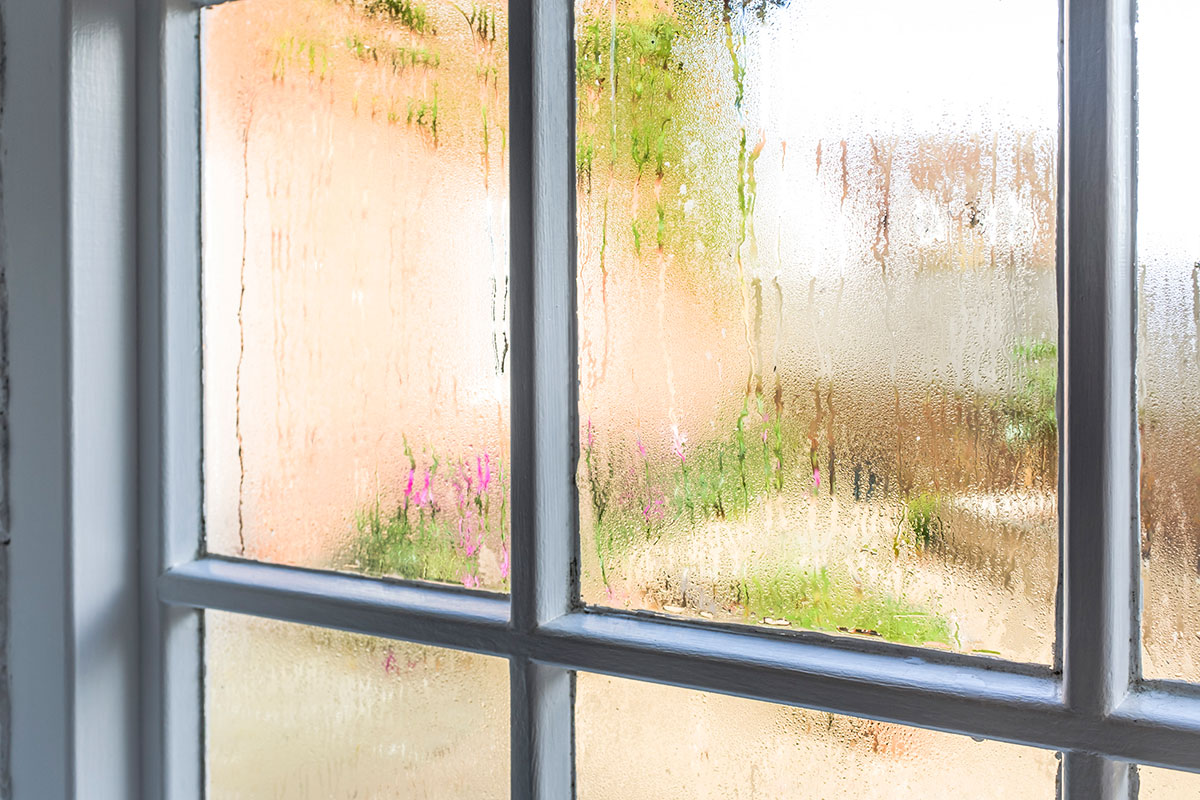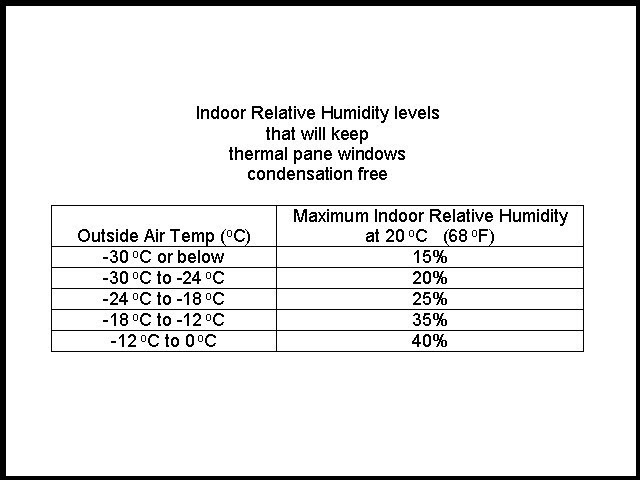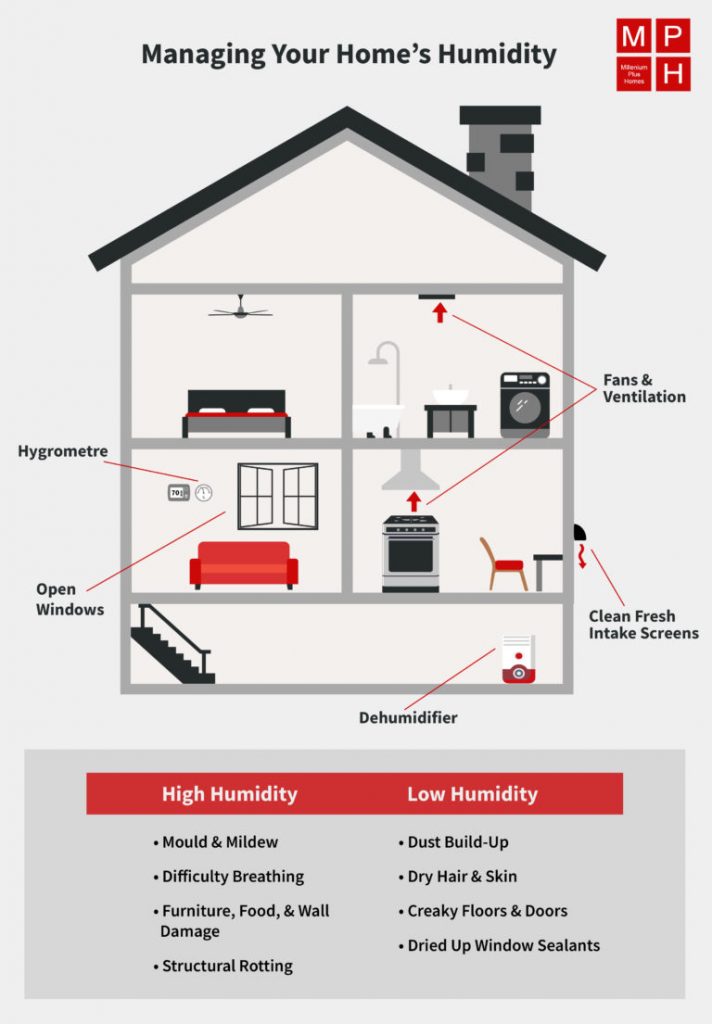
April 23, 2021 | Shameer Gaidhar
Moisture management: the importance of monitoring your home's humidity levels
 Calgary is one of the most unique cities in Canada when it comes to weather. Throughout the year, we can see temperatures span from -40C to 40C in a matter of months, and chinooks can warm our frostbitten city into a springtime paradise in only a few short days.
Calgary is one of the most unique cities in Canada when it comes to weather. Throughout the year, we can see temperatures span from -40C to 40C in a matter of months, and chinooks can warm our frostbitten city into a springtime paradise in only a few short days.Because of this, our homes have to be prepared to withstand the most extreme weather Alberta has to offer. While these temperature fluctuations can cause damage to your home's exterior, they can also affect your home's interior, as there is a direct correlation between the temperature outside and the indoor humidity. The damage your home sustains could lead to unforeseen issues and cost thousands of dollars to repair.
Humidity is simply the amount of water vapour present in the air. It can fluctuate depending on the season, the climate and the activities you do inside your home, such as showering, washing clothes or doing dishes.
The only way to determine your home's humidity is by using a hygrometer. Hygrometers are inexpensive and widely available through home hardware stores and online retailers. It's best to have a few of these in different areas around your home.
 Keeping your home at the right humidity level will help manage things like condensation on your windows, the presence of mould, and other issues that could affect your home comfort.
Keeping your home at the right humidity level will help manage things like condensation on your windows, the presence of mould, and other issues that could affect your home comfort.It's essential to make sure your home has proper ventilation to help excess moisture escape. Air always moves in the direction of least resistance, so having clear vents and open windows can help manage your humidity.
High humidity levels can lead to a variety of problems for your home and family, including:
- Attic rain
- Condensation on your windows
- Mould and mildew on shower curtains, windowsills and floor tiles
- Health problems like asthma, allergies or other breathing difficulties
- Peeling wallpaper or damaged paint jobs in humid areas
- Damage to floors and walls
- Possible structural problems with your foundation or brick walls
Although many people might think of attic rain as a roofing problem, it is actually a ventilation and humidity problem.
Ideally, your attic should be about as cold as the air outside. If you have inadequate ventilation in your attic, it can become quite warm in the winter. The warm air causes frost, which then turns into condensation.
Roof vents and vented soffits normally allow warm air from your attic to escape. But when this ventilation is blocked with snow, the warm air becomes trapped and eventually causes frost. This frost can accumulate without your knowledge during the winter, but come spring or summer, the problem will become apparent.
 The melting frost is what we call "attic rain." Attic rain can severely damage your upper-level ceiling, leading to extensive and expensive repairs. You might have an attic rain problem if you notice:
The melting frost is what we call "attic rain." Attic rain can severely damage your upper-level ceiling, leading to extensive and expensive repairs. You might have an attic rain problem if you notice:- Stains on your ceiling
- Leaks around lights
- Mould
- Cracked or mouldy window casings
- Your ceiling sags
The best way to ensure you don't experience these issues is to make sure warm air doesn't leak into your attic. A professional can look for possible leaks.
You can also install a dehumidifier in your home for as little as $200. Even in a climate as dry as ours, a dehumidifier could save you thousands of dollars in repairs down the road.
There are several things you can do to manage your home's humidity, especially during extremely cold weather:
- Taking shorter or cooler showers
- Run your bath fan longer after showering (1-2 hours)
- Install a timer on your bath fan
- Avoid using your dryer at night
- Keep fewer plants
- Reduce open water sources (e.g., fish tanks)
- Cover pots when boiling water
Shameer Gaidhar is president and CEO of Millenium Plus Homes
Tagged: advice | air | builder | Calgary | Calgary Real Estate | Calgary Real Estate News | Calgary Real Estate News | Column | Damage | Feature | Guest Column | homebuilder | Humidity | Millenium Plus Homes | moisture | Repair | Shameer Gaidhar | Temperature | tips | ventilation




